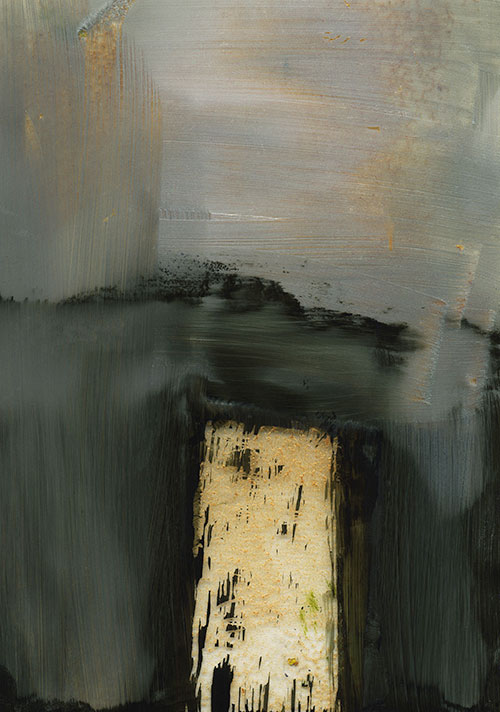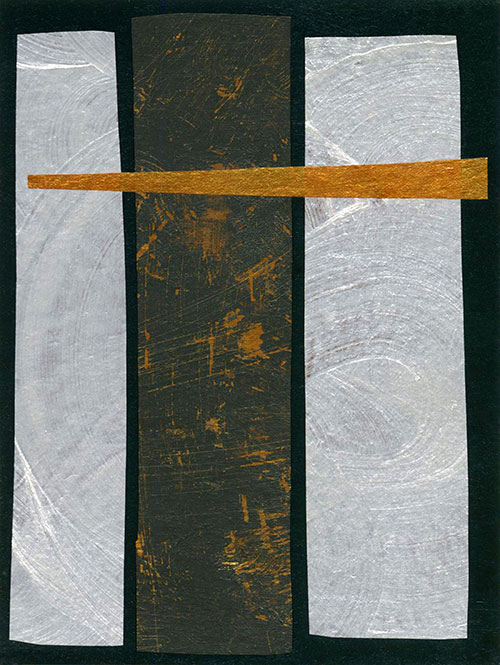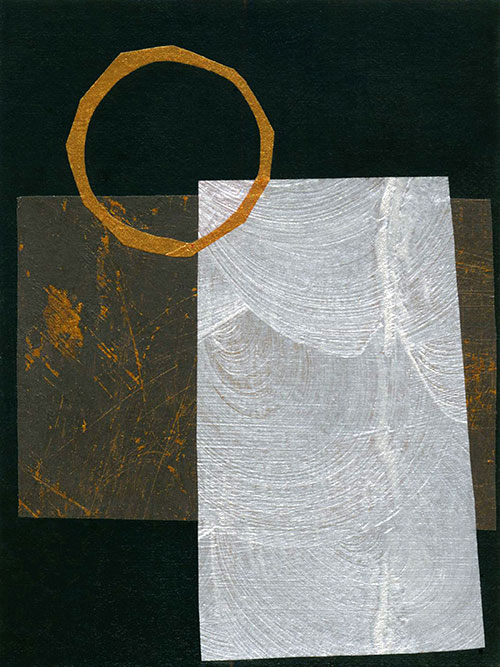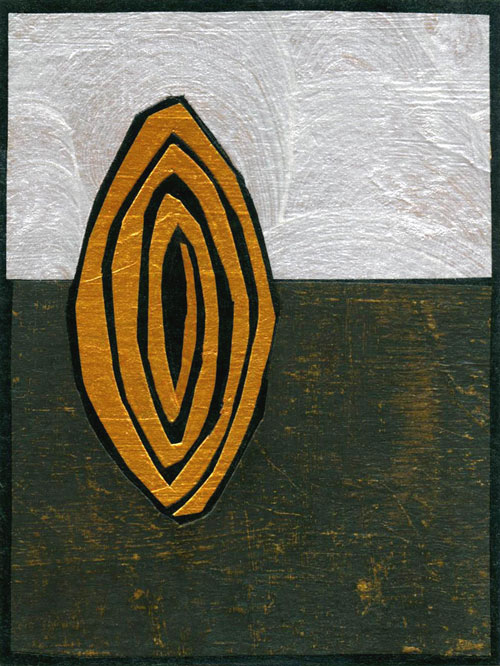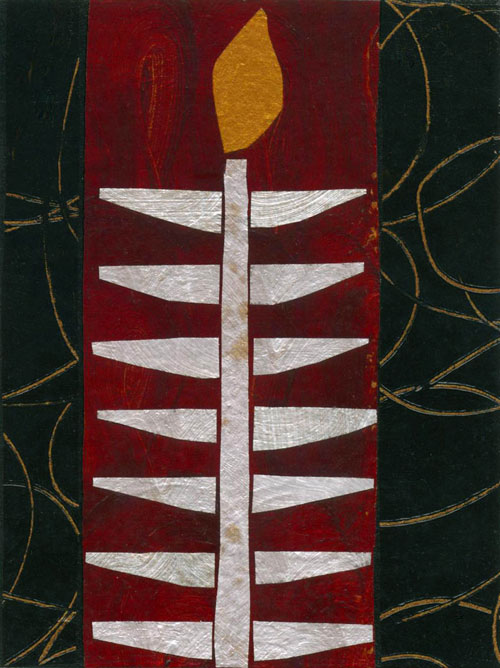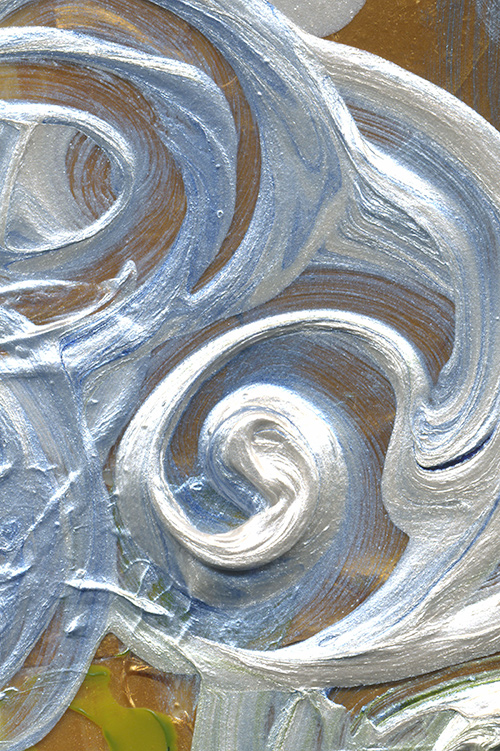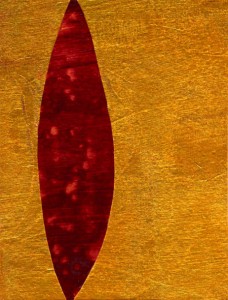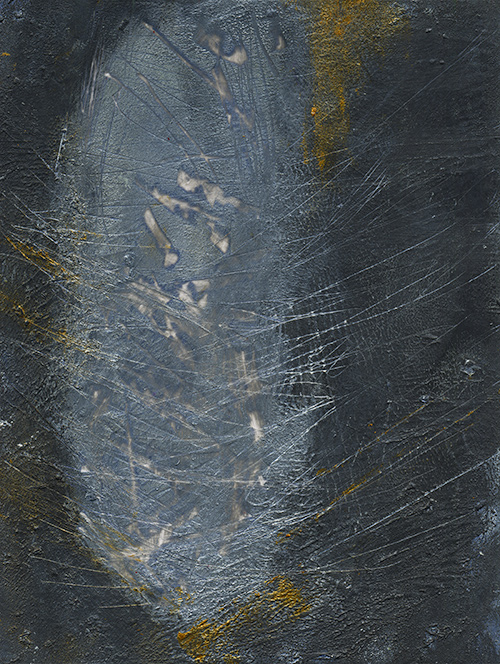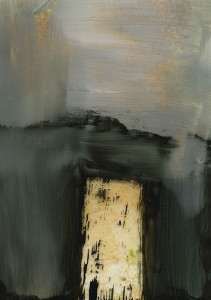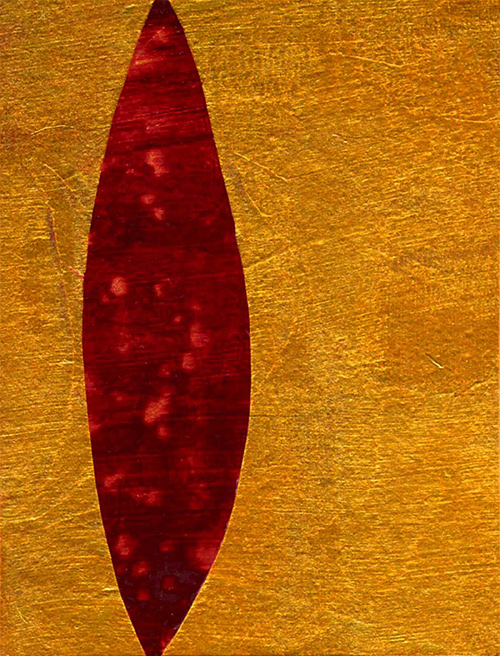 Image: Into the Wound © Jan Richardson
Image: Into the Wound © Jan Richardson
Reading from the Gospels, Easter 2: John 20.19-31
The wounds of the risen Christ are not a prison;
they are a passage.
—from Easter 2: Into the Wound
The Painted Prayerbook, March 2008
After Gary died, when people would ask me how I was doing, I would often say, I’m still breathing. It seemed no small miracle that I could keep doing this when my heart was shattered. It seems a miracle still.
So I can just imagine the disciples on the evening of Jesus’ resurrection, gathered together in their bewilderment and sorrow, their own hearts shattered, the breath knocked from them. They did not yet understand the resurrection that had come to meet them in their grief. Then suddenly, John’s Gospel tells us, Jesus was standing among them, showing his brokenhearted friends his own wounds, breathing the Spirit into their ache.
The disciples rejoiced, John tells us in his account of this evening. I can imagine this, too. I can easily conceive the elation that came with the return of breath—the breath of the beloved, the breath in one’s own chest. I can envision the joy that came with the realization that when wounds persist, as they did for Christ in his resurrection, they do not have to be a final word, a mark of failure; they can become a place of meeting, a portal, a passage.
As we enter into this Easter season, how will we allow the wounds of the risen Christ to meet our own wounds? How will we let him breathe into us anew? Where will we let this lead us?
For this second Sunday of Easter, I’ve gathered together a collection of reflections I’ve written on this passage from John’s Gospel across the past decade. As we move through these days, may we breathe deeply in the company of Christ, who breathes in us and with us still.
Easter 2: Blessing of Breathing
Easter 2: Into the Wound
Easter 2: The Secret Room
Easter 2: The Illuminated Wound
Using Jan’s artwork
To use the image “Into the Wound,” please visit this page at janrichardsonimages.com. (This is also available as an art print. After clicking over to the image’s page on the Jan Richardson Images site, just scroll down to the “Purchase as an Art Print” section.) Your use of janrichardsonimages.com helps make the ministry of The Painted Prayerbook possible. Thank you!
Using Jan’s words
For worship services and related settings, you are welcome to use Jan’s blessings or other words from this blog without requesting permission. All that’s needed is to acknowledge the source. Please include this info in a credit line: “© Jan Richardson. janrichardson.com.” For other uses, visit Copyright Permissions.
